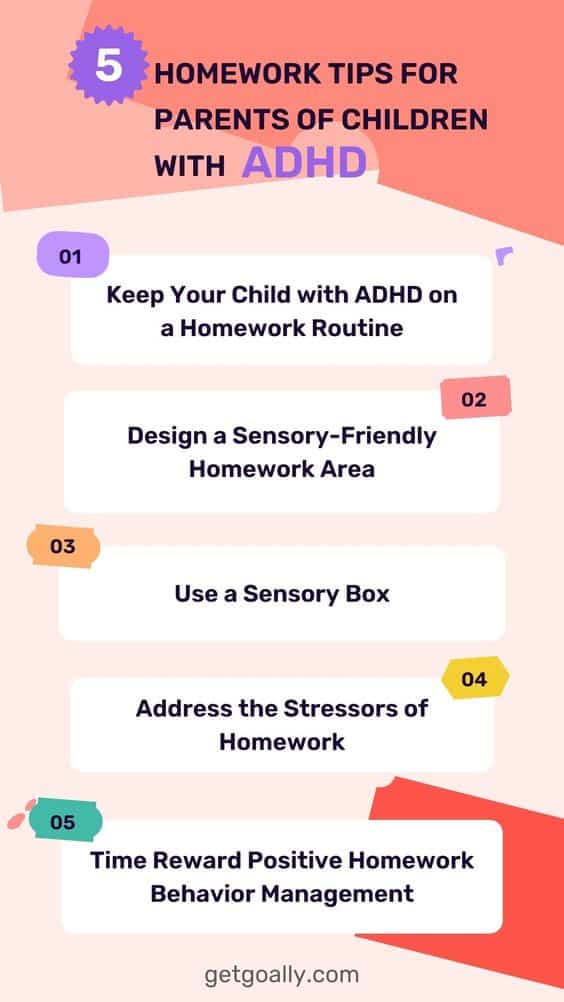The Orton-Gillingham Approach is widely used in different settings, such as:
- One-on-one tutoring: Teachers and tutors work closely with students, focusing on improving their reading, spelling, and writing skills.
- Classroom instruction: Many teachers incorporate the Orton-Gillingham Approach into their reading instruction to benefit all students.
- Homeschooling: Parents who homeschool can integrate the Orton-Gillingham Approach into their curriculum to enhance their children’s reading abilities.
- Special education programs: Schools and programs catering to students with learning differences often adopt the Orton-Gillingham Approach to support their curriculum.
- Reading centers: Some reading centers employ the Orton-Gillingham Approach as a method to assist students facing reading difficulties.
- Online programs: Numerous online programs utilize the Orton-Gillingham Approach to provide instruction for struggling readers.
- Speech therapy: Speech therapists incorporate the Orton-Gillingham Approach into their therapy sessions for patients with language and speech difficulties.
The Orton-Gillingham Approach can be adapted to various educational environments, offering effective strategies to improve reading skills.
This post was originally published on Feb. 11, 2023. It was updated on Jan. 3, 2024.












